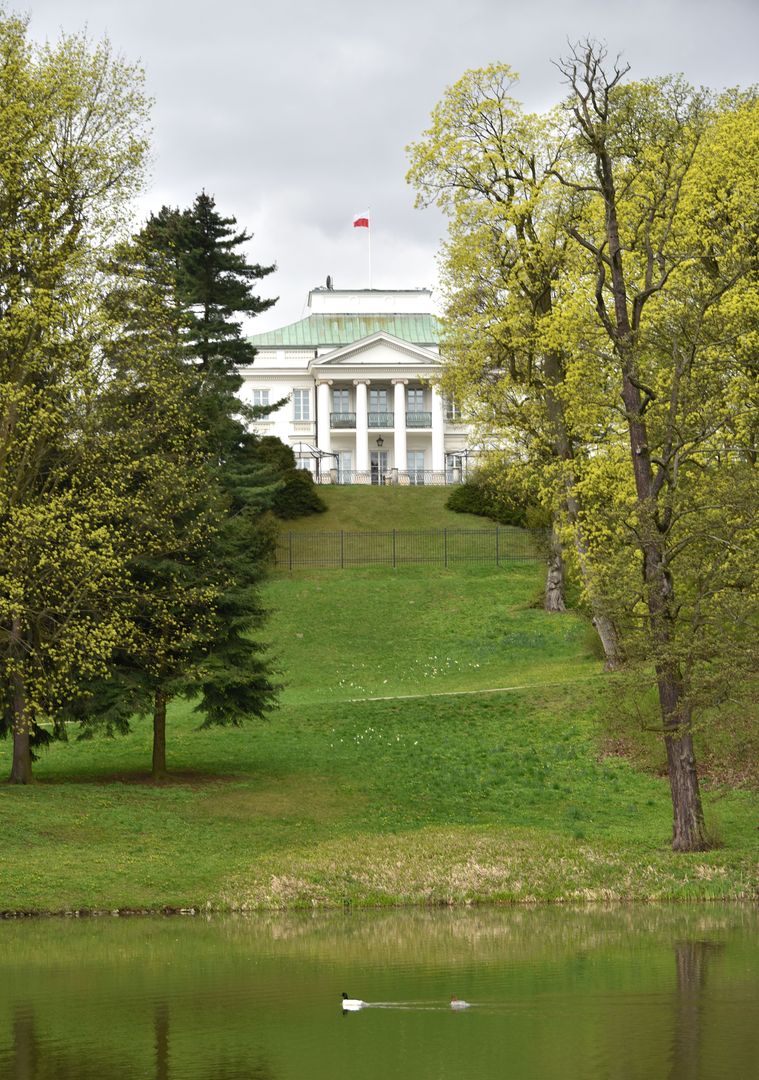Belvedere in Warsaw
6.76

Overview
The Belweder in Warsaw, also known as the Belweder Palace, is a Neoclassical building constructed between 1819 and 1822 according to the design of Jakub Kubicki. It was built on the site of an earlier Baroque palace by Jakub Fontana. The palace has served as the residence of the most important figures in Poland, including the Chief of State, presidents, and chairmen of the Council of State. The palace and park complex, located on Belwederska Street, is deeply embedded in Warsaw's history and has served various functions, from a residence to a venue for political events.
The palace grounds have a rich history dating back to the Middle Ages when they belonged to the Dukes of Masovia. In the 17th century, the site gained a new identity as Belvedere—meaning "beautiful view"—due to its picturesque landscape. In the 18th century, Stanisław August Poniatowski planned to demolish the old palace and build a new one, though this never came to fruition.
After 1818, the Belweder became the residence of Grand Duke Constantine, and its renovation gave it the character of a country estate. During World War II, the palace was used by the German authorities as the residence of Hans Frank. The Belweder suffered damage during the war but survived without major destruction and after 1945 resumed governmental functions. The palace hosted political meetings, including the "Belweder Thursdays."
Between 1989 and 1994, it served as the seat of the President of the Republic of Poland and later became the residence of Presidents Bronisław Komorowski and Lech Wałęsa. The Belweder also holds cultural significance, having hosted concerts by Frédéric Chopin and visits from Pope John Paul II, who met there with the authorities of the Polish People's Republic.
It is worth noting that the Belweder has become synonymous with Polish history and politics, and its management is handled by the Chancellery of the President of the Republic of Poland. Historically, the name "Belweder" has also influenced Warsaw's local topography, giving its name to a nearby street. An interesting fact is that in the 1950s, a plaque was placed on Wiertnicza Street commemorating the efforts of the People's Army of Poland to protect the palace from destruction in 1945.
Location
Tickets
Powered by GetYourGuide
2025 Wizytor | All Rights Reserved